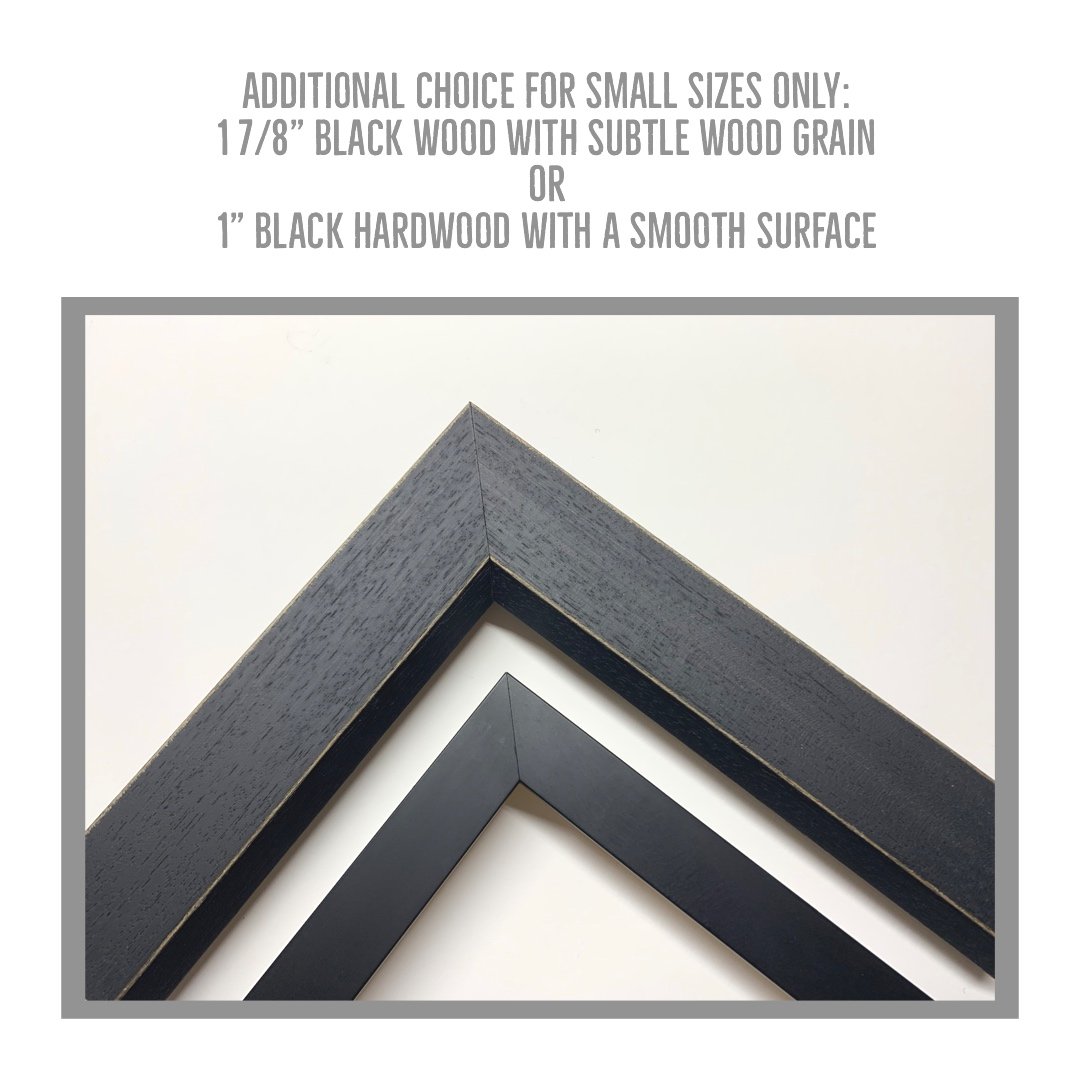 Image 1 of 2
Image 1 of 2

 Image 2 of 2
Image 2 of 2



Ephrata Cloister Chair Room (Illuminated)
Chair Room, Ephrata Cloister. Handprinted & selectively toned silver gelatin photograph; each is an original. limited edition of 250, signed & numbered on front of mat. For more info about the making of these photographs click here
Chair Room, Ephrata Cloister. Handprinted & selectively toned silver gelatin photograph; each is an original. limited edition of 250, signed & numbered on front of mat. For more info about the making of these photographs click here
Chair Room, Ephrata Cloister. Handprinted & selectively toned silver gelatin photograph; each is an original. limited edition of 250, signed & numbered on front of mat. For more info about the making of these photographs click here
ABOUT THE EPHRATA CLOISTER:
I started photographing the Ephrata Cloister, a village of stone and wood buildings dating from 1732 while on a public tour of the site. I had to follow the typical museum restrictions - no flash, no tripod, keep up with the tour. Later I sent a portfolio of images to the Cloister director at that time. Impressed with my interpretat. ion of the Cloister, she invited me to shoot on my own terms, assigning an employee to escort me to new locations - something they had never done before.
I was captivated by the dignity of the Cloister buildings and the sunlight through the old glass windows. This is a unique and at the same time slightly eerie place, worlds away from modern life, and I concentrated on communicating the atmosphere with my photographs.
The Cloister is now owned and maintained by the Pennsylvania Historic & Museum Commission who have done an amazing job of preserving and explaining this part of early American history. The first buildings were constructed in 1732 by a pacifist religious sect from Germany led by Conrad Beissel. His followers led a very disciplined life of work and prayer, and created an unusually intricate form of choral music which is still studied by scholars today. They were also known for very beautiful illuminated manuscripts called Fraktur, and many other crafts and arts, but they also reached out to the community beyond the Cloister. They opened a highly regarded school for the children of local farmers, which continued in various forms until the 19th century. General George Washington brought 500 grievously wounded soldiers to the Cloister from the 1777 Battle of Brandywine, 70 miles away, to be cared for by the members. There are endless stories of the history that took place here, and I found it to be a fascinating place to photograph
DETAILS:
Drymounted and matted with four-ply 100% cotton museum board.
Ready for hanging with attached specially coated picture wire, which will not leave marks on the wall.
Each photograph is a limited edition and is signed, numbered and dated on front of mat in pencil. A certificate of authenticity is included.
Illuminations series: These are not so much handpainted as transformed: using a very fine brush I'm painting on a mix of toners to small details on some of my black & white silver gelatin photographs and then using darkroom traditions to transform those areas into a wash of warm sepia, highlighting those areas. Since each is handpainted every one is slightly different. To see the process in action check out this blog post
Available in Large:
Photograph size: 19 x 19"
Size with mat: 26x26"
Black wood 1 ⅞” frame









